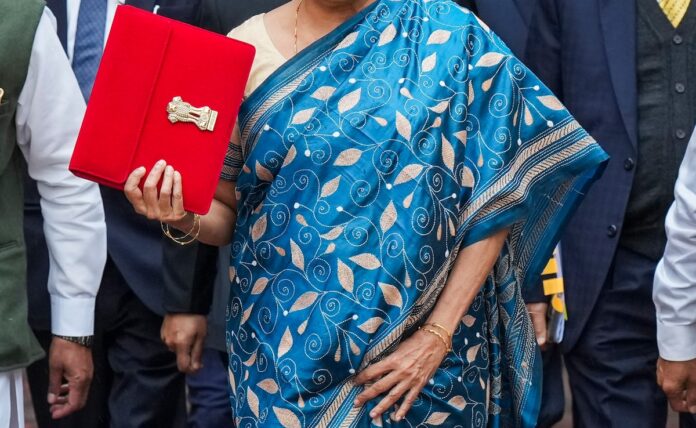New Delhi:
With the Union Budget for FY26 scheduled to be presented on February 1, 2025, a report by Goldman Sachs underlined two key concerns for policymakers, the pace of fiscal consolidation and the government’s spending priorities.
The report highlighted that the upcoming budget will be crucial for balancing growth and fiscal discipline as India stands out for its high levels of public debt and fiscal deficit as compared with other emerging markets.
Goldman Sachs noted that the government is likely to keep the fiscal consolidation path intact, driven by the need to manage high public debt-to-GDP ratios.
However, the report cautioned that this fiscal tightening could act as a drag on economic growth in the upcoming fiscal year.
The report also highlighted a slowdown in public capital expenditure (capex). It mentioned that the fastest growth phase in public capex is now behind us, with future capex growth expected to align with or fall below nominal GDP growth rates. Welfare spending, too, is unlikely to see significant increases, although pre-pandemic trends in such spending are expected to continue.
The report noted that India is currently experiencing a cyclical growth slowdown, the report said, primarily due to fiscal tightening and slower credit growth as a result of the Reserve Bank of India’s macro-prudential measures to control consumer loans.
The central government’s fiscal deficit is expected to be targeted at between 4.4-4.6 per cent of GDP for FY26, down from the target of 4.9 per cent for FY25.
The reduction reflects the government’s focus on fiscal consolidation amid elevated public debt levels.
It said, “We think elevated public debt-to-GDP is likely to keep the fiscal consolidation path intact, and we expect the government to target fiscal deficit at 4.4 – 4.6 per cent of GDP in FY26 (from 4.9 per cent of GDP in FY25)”.
In the ongoing fiscal year FY25, robust tax collections, particularly from direct taxes, have provided the government some leeway to increase current expenditures. However, capital expenditure has remained subdued.
The budget is also likely to make an overarching statement about the long-term economic policy of the government towards 2047. The focus will be on job creation through labour-intensive manufacturing, credit for MSMEs, promoting rural housing programs, and sustained focus on the domestic food supply chain and inventory management to control price volatility.
The budget is also likely to lay out a roadmap for public debt sustainability, and financing India’s energy security vs. transition needs.
The expenditure on rural, welfare, transfer schemes and subsidies may go to the pre-pandemic trends (3.0 per cent of GDP in FY26). Given the reduced majority of the Central government, there might be some reallocation in expenditure towards rural transfers and welfare spending.




